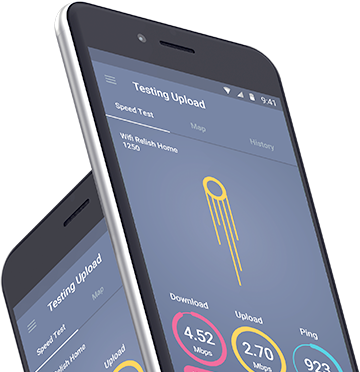Introduction
In our latest look at the mobile network experience in Brazil we see mixed fortunes on the awards table. Claro wins four awards — Games Experience, Voice App Experience, Download Speed Experience and Upload Speed Experience. But TIM wins Video Experience and 4G Availability. However, Oi and Vivo miss out on Opensignal awards in this report.
Brazilian operators launched 5G services in 2020 — Claro and Vivo deployed their 5G networks in July 2020, while TIM — in December 2020. All of them used dynamic spectrum sharing (DSS) to launch 5G services using existing spectrum. Brazil is yet to conduct a tender for new 5G spectrum, but one is expected to be announced in August 2021 and will include spectrum in 700 MHz, 2.3 GHz, 3.5 GHz and 26 GHz bands. The regulator, Anatel, expects 5G standalone networks to be deployed in all state capitals by July 2022. Notably, in March 2021 Anatel selected Opensignal as one of their certified crowdsourcing data delivery partners for network monitoring, to support its technical studies, diagnoses, publications and regulatory decisions.
The consortium of three of Brazil’s operators — TIM, Vivo and Claro — bid in December 2020 to split the mobile assets of their cash-strapped competitor, Oi. In total, they agreed to pay BRL 16.5 billion (US$ 3.25 billion) for Oi’s spectrum, cell sites and mobile customers. TIM will pay around BRL 7.3 billion for Oi’s 49 MHz of spectrum, 7,200 sites and 14.5 million mobile subscribers. For BRL5.5 billion, Vivo purchased access to 43 MHz of spectrum, 2,700 sites and 10.5 million mobile customers. Claro acquired 4,700 sites and 11.6 million of Oi’s mobile customers for BRL 3.6 billion. The deal was signed in January 2021, but still needs approval from the regulator Anatel and the Administrative Council for Economic Defence (CADE).
However, other Brazilian players like Sercomtel and Algar Telecom strongly oppose this acquisition and call for its cancellation or for a partial sale of some of Oi’s assets to third-parties. They highlight that three major Brazilian operators taking over Oi’s mobile infrastructure and customers could lead to increased market concentration. Oi is hoping to receive the approval from Brazilian authorities and finalize the transaction by the end of 2021 or in the beginning of 2022. In the meantime, the ongoing uncertainty will make it hard for Oi to improve its position, notably, the company does not win any mobile network experience awards in this report.
Our results in this report are based on measurements collected across all major mobile operators in Brazil – Claro, Oi, TIM and Vivo – over the period of 90 days between March 1, 2021 and May 29, 2021. 5G measurements contributed to the overall scores.



